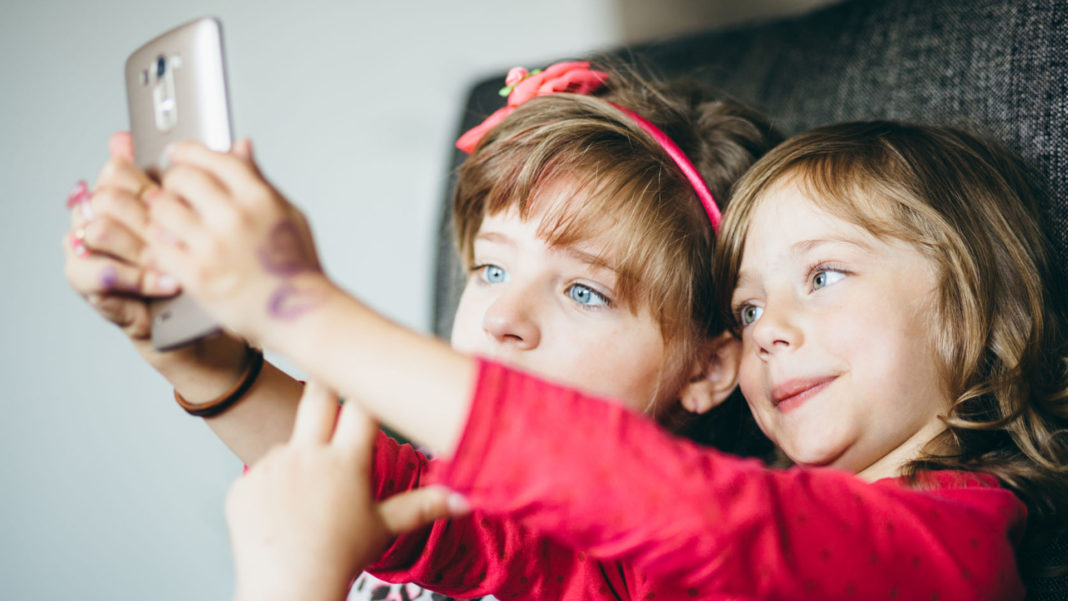Think that selfies are something new? Think again. Leonardo da Vinci, Rembrandt and Vincent van Gogh are just some of the renowned painters who ’took’ their self-portraits hundreds of years ago. They didn’t even need the technology of smart devices and social networks.
But there was one other difference, which is more important today than ever before. The painters were very careful when choosing the details for their picture: foreground, background, clothing – basically everything that ended up in the artwork.
Today’s kids, as well as their parents, often post selfies on social networks without a second thought. No thorough investigation, just a click and up it goes live – for everyone to see. As a result, many shared images unintentionally reveal sensitive information, such as a person’s current whereabouts or precious belongings in the background.
While those are mainly concerns for adults, such behaviour can also put kids in danger. Just think about it for a minute: a child giving away their location can have serious consequences, mostly if there is no one responsible around.
There are also digital threats lurking behind spontaneous selfies – such as cyberbullying. A child posting a selfie in an embarrassing pose or situation can easily become a target for cyberbullies all around the world. And for children and teenagers, being the target of such public mockery can be devastating.
A while back, ESET Ireland had the Irish people surveyed about their posting habits, and it turned out that 7 out of 10 Irish youths shared photos that would embarrass them if made public!
So what can parents do to spare their children these selfie pitfalls?
- First of all, they need to become good role models. Even adults should pay attention to what they post. Younger children often imitate their parents, which offers a great opportunity to teach them good “selfie-hygiene”.
- Every year, more people die taking pictures of themselves than get bitten by sharks. So it’s crucial for a parent to explain to their kids that no photo is worth the risk. Children should also always be aware of their surroundings when taking a picture or playing a game on their device – look around not just down.
- Parents should teach their children that anything posted on the internet stays there forever. No, there is no miraculous “delete” button or almighty authority that can remove such posts, so it’s better to abstain than regret later.
- If your children are just starting to learn how to use social media and their smart device, be there for them. Help them set up their privacy and show them how to treat every picture like Sherlock Holmes would – looking for the smallest sensitive details that shouldn’t be there or could be harmful.
- Use a reliable parental control app to keep an eye on what your child is doing online. Guide them through their internet experience, explain the risks, and help them stay away from trouble. As they get older, be ready for an open dialogue – which can be more effective than just putting your foot down.
A good rule of thumb for everything posted online: “If you don’t want your grandmother to see it, you probably shouldn’t post it.”
Stay up to date with latest threats with ESET Ireland’s blog or follow us on Facebook or Twitter.












